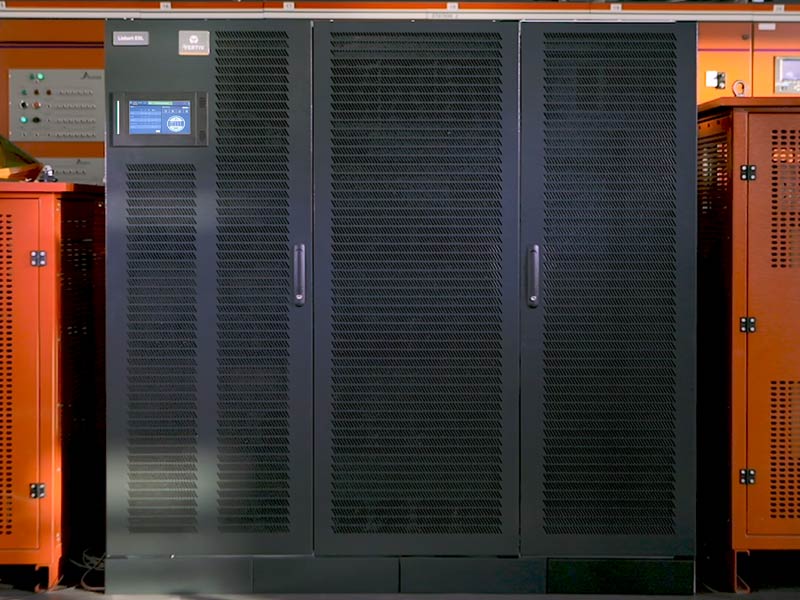
University of Southampton Reduces Environmental and Financial Footprint With Vertiv
septembre 22, 2020
The University of Southampton is one of the UK’s top 20 research universities. Beyond its extensive curriculum of undergraduate and postgraduate courses, the University is a world leader in a significant range of disciplines. As the University’s IT demands increase, iSolutions is working to ensure continuity of a secure, sustainable and available infrastructure. A major part of this on-going programme is the investment in a new data center - the largest infrastructure investment ever made by the University.
Vertiv was able to step in with an immediate resolution, offering an easily deployable, enterprise-class solution which met the University of Southampton’s requirements exactly: the Liebert® Trinergy™ UPS. Southampton showed more than just an academic interest in its smart solutions to complex problems. When the iSolutions team reviewed the capabilities of the Liebert® Trinergy™ UPS, they were impressed by its delivery of a number of 'industry-firsts'.
| Case Summary | |
|---|---|
| Location: |
Southampton, UK |
| Critical Need: |
"The challenge was clear: how could we enable high power computing (HPC) performance alongside more repetitive processing tasks, while maintaining maximum power control and efficiency across these varied load profiles?" Mike Powell, data centre manager at the University of Southampton, recognised the new facility posed some difficult questions for technology providers. |
| Vertiv Solution: |
The Liebert® Trinergy™ UPS is the first UPS to combine all three industry standard functioning configurations in one high power solution: Maximum Power Control (VFI); Maximum Energy Saving (VFD); and High Efficiency and Power Conditioning (VI). Alongside this capability, the Liebert® Trinergy™ UPS is the first high power UPS with an adaptive algorithm that continually monitors the power supply and load conditions, and automatically selects the most efficient operating mode. As a result, the supply to the load remains in optimum condition at all times. |




